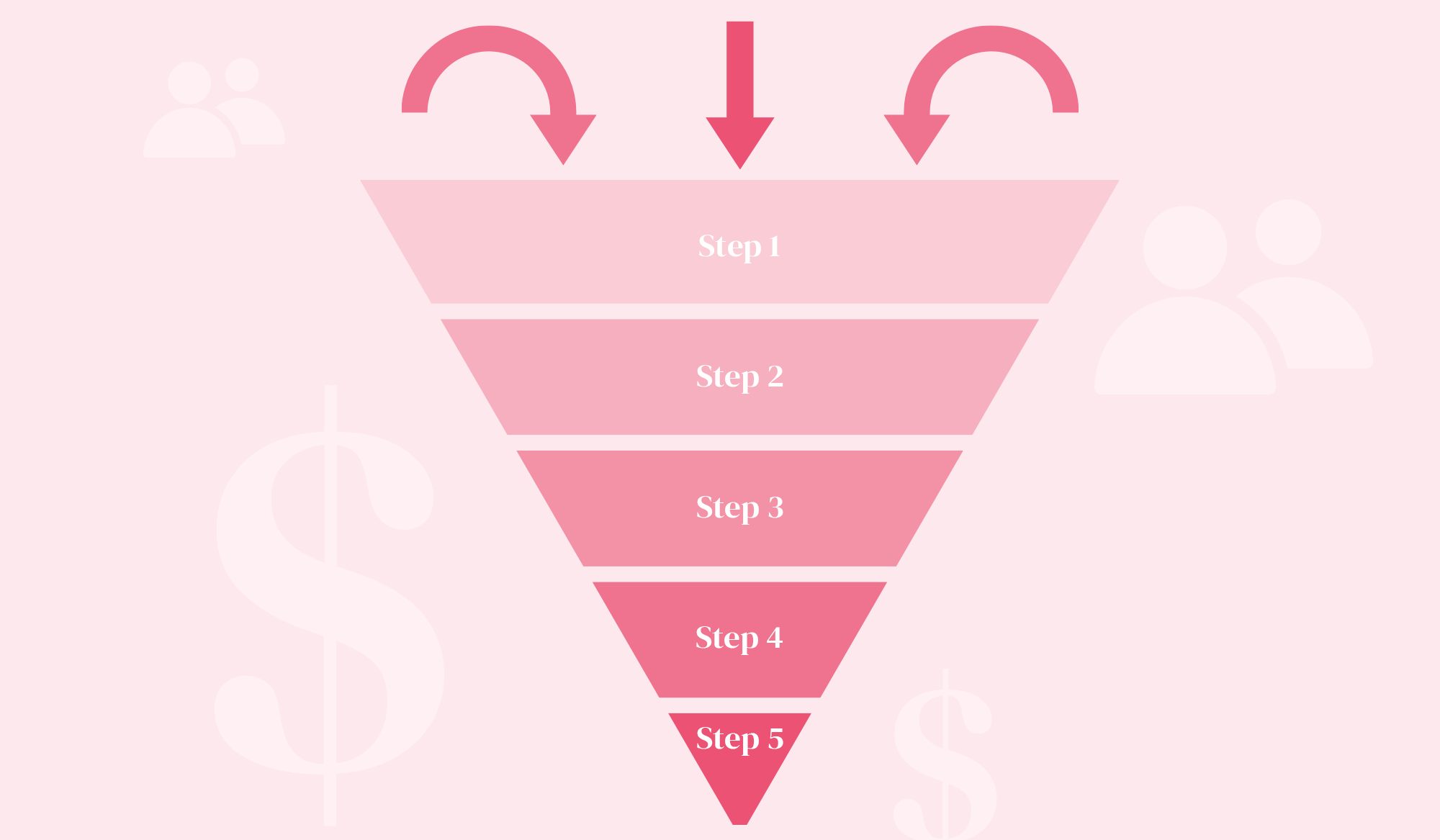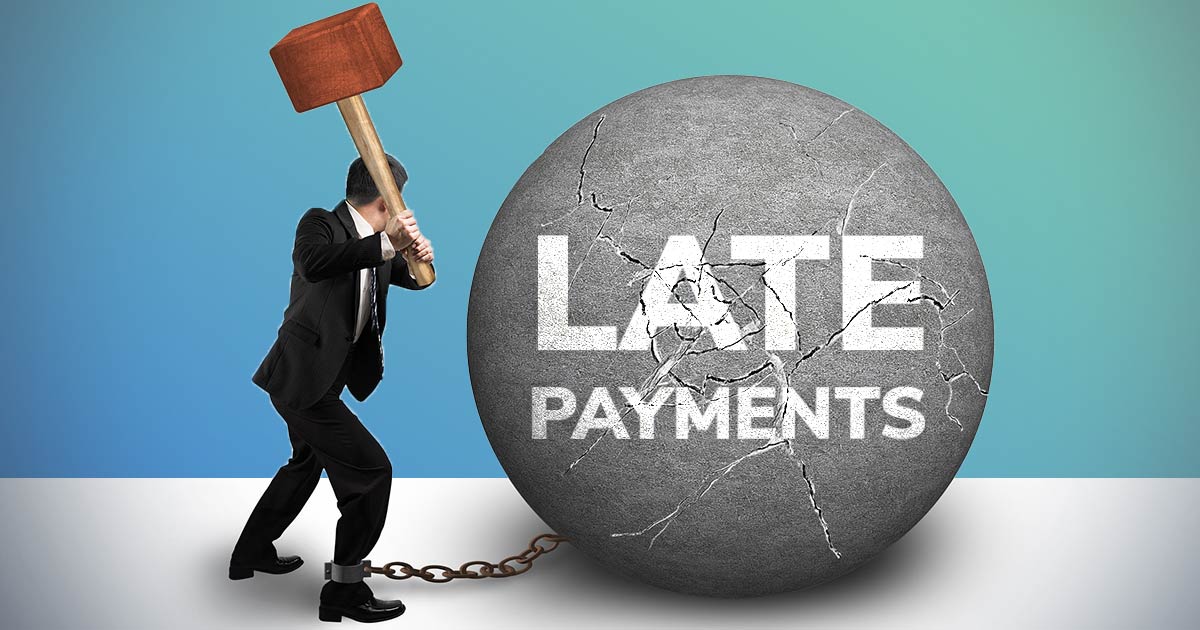Sitting at your desk for long hours can take a toll on your body. Whether you’re a freelancer working from home, a small business owner managing invoices, or an employee in a busy office, staying in the same position for too long can lead to stiff muscles, poor posture, and reduced energy levels.
The good news? You don’t need a gym membership or hours of free time to keep your body active during the workday. Just a few minutes of desk stretches can boost your flexibility, reduce stress, and improve your overall productivity.
In this article, we’ll explore six simple stretches you can do at your desk to keep your body feeling fresh and your mind focused — no special equipment needed.
Why Desk Stretches Matter
Before we get into the stretches, let’s talk about why they’re so important.
When you sit for extended periods, your muscles can become tight, blood flow slows down, and your joints may feel stiff. Over time, this can lead to:
- Back and neck pain
- Poor posture
- Eye strain
- Reduced energy levels
- Increased risk of chronic health conditions
Stretching at your desk helps counteract these effects. It increases circulation, keeps your muscles flexible, and gives you a mental break from your work. Just like keeping track of your business finances with tools like ProInvoice helps you stay on top of your money, regular stretching helps you stay on top of your health.
How to Fit Desk Stretches into Your Day
Many professionals think they don’t have time to stretch during the workday, but the truth is, these exercises take just 1–3 minutes each.
You can:
- Set a timer every 60–90 minutes
- Stretch between meetings or calls
- Use them as a quick mental break when feeling stuck
If you’re a business owner or freelancer, you can schedule a quick stretch after sending out invoices or completing client work. This way, your brain associates productivity with self-care.
6 Desk Stretches to Improve Your Workday
1. Neck Release Stretch
Why: Helps relieve tension from looking at screens or phones.
How to do it:
- Sit up straight in your chair.
- Drop your right ear toward your right shoulder.
- Hold for 20–30 seconds without raising your shoulder.
- Repeat on the left side.
Tip: For a deeper stretch, gently press your hand on the side of your head.
2. Seated Spinal Twist
Why: Improves spinal mobility and relieves lower back stiffness.
How to do it:
- Sit tall in your chair with feet flat.
- Place your right hand on the backrest of your chair and your left hand on your thigh.
- Gently twist your torso to the right while keeping your hips forward.
- Hold for 20–30 seconds and switch sides.
3. Shoulder Shrugs and Rolls
Why: Loosens tight shoulders from typing and mouse use.
How to do it:
- Lift your shoulders toward your ears and hold for 2–3 seconds.
- Drop them down and relax.
- Roll your shoulders backward in a circular motion 5 times, then forward 5 times.
Pro tip: This one’s perfect to do while waiting for a file to upload or while generating an invoice in ProInvoice.
4. Wrist and Finger Stretch
Why: Reduces strain from typing or using a mouse.
How to do it:
- Extend one arm forward, palm facing up.
- Use your other hand to gently pull your fingers down and back toward your body.
- Hold for 15–20 seconds, then switch hands.
Extra: Stretch each finger individually to release tension.
5. Seated Leg Extensions
Why: Keeps your legs active and improves circulation.
How to do it:
- Sit upright with both feet flat.
- Extend one leg out straight and hold for 5 seconds.
- Lower it back down without letting your foot touch the floor.
- Repeat 10–15 times per leg.
6. Chest Opener Stretch
Why: Counters the hunching posture many people develop while working.
How to do it:
- Sit tall or stand behind your chair.
- Clasp your hands behind your back.
- Straighten your arms and gently lift your hands upward while opening your chest.
- Hold for 20–30 seconds.
Bonus: The Mental Health Boost
Stretching isn’t just about physical health — it also improves your mood and focus. When you step away from your computer, even for a minute, you give your mind a chance to reset.
If you’re running your own business, this mental reset can help you approach client communication, budgeting, or sending out invoices with fresh clarity. For example, freelancers and entrepreneurs using ProInvoice often schedule stretch breaks while preparing documents to keep their workday balanced.
Building a Healthy Desk Routine
Here’s how to make desk stretches part of your daily workflow:
- Start small – Pick just 2–3 stretches to begin with.
- Be consistent – Aim for a quick stretch every 1–2 hours.
- Pair it with another habit – Stretch right after finishing a task, like responding to emails or sending an invoice.
- Use reminders – Set a phone alarm or use a desktop notification.
If you’re managing your own schedule as a freelancer or small business owner, these breaks can also help prevent burnout — much like financial tracking tools such as ProInvoice prevent financial disorganization.
Why Business Owners and Freelancers Should Care
Entrepreneurs and freelancers often spend more time at their desks than they realize. Without an office wellness program to rely on, it’s up to you to prioritize your health. The same self-discipline you apply to tracking expenses, sending invoices, and following up with clients should be applied to your health.
That’s why tools like ProInvoice are great for time-saving in admin tasks, freeing up your schedule for better self-care — including a few minutes to stretch.
Takeaway
Staying healthy at work doesn’t require a major lifestyle overhaul. By adding a few minutes of stretching to your day, you can reduce stiffness, improve posture, boost your energy, and work more productively.
Think of desk stretches as maintenance for your body — just like invoicing with ProInvoice is maintenance for your business finances. Both are quick, simple actions that have long-term benefits.
Ready to manage your business with less stress and more time for healthy habits?
Sign up for ProInvoice here and start sending professional invoices in minutes.













